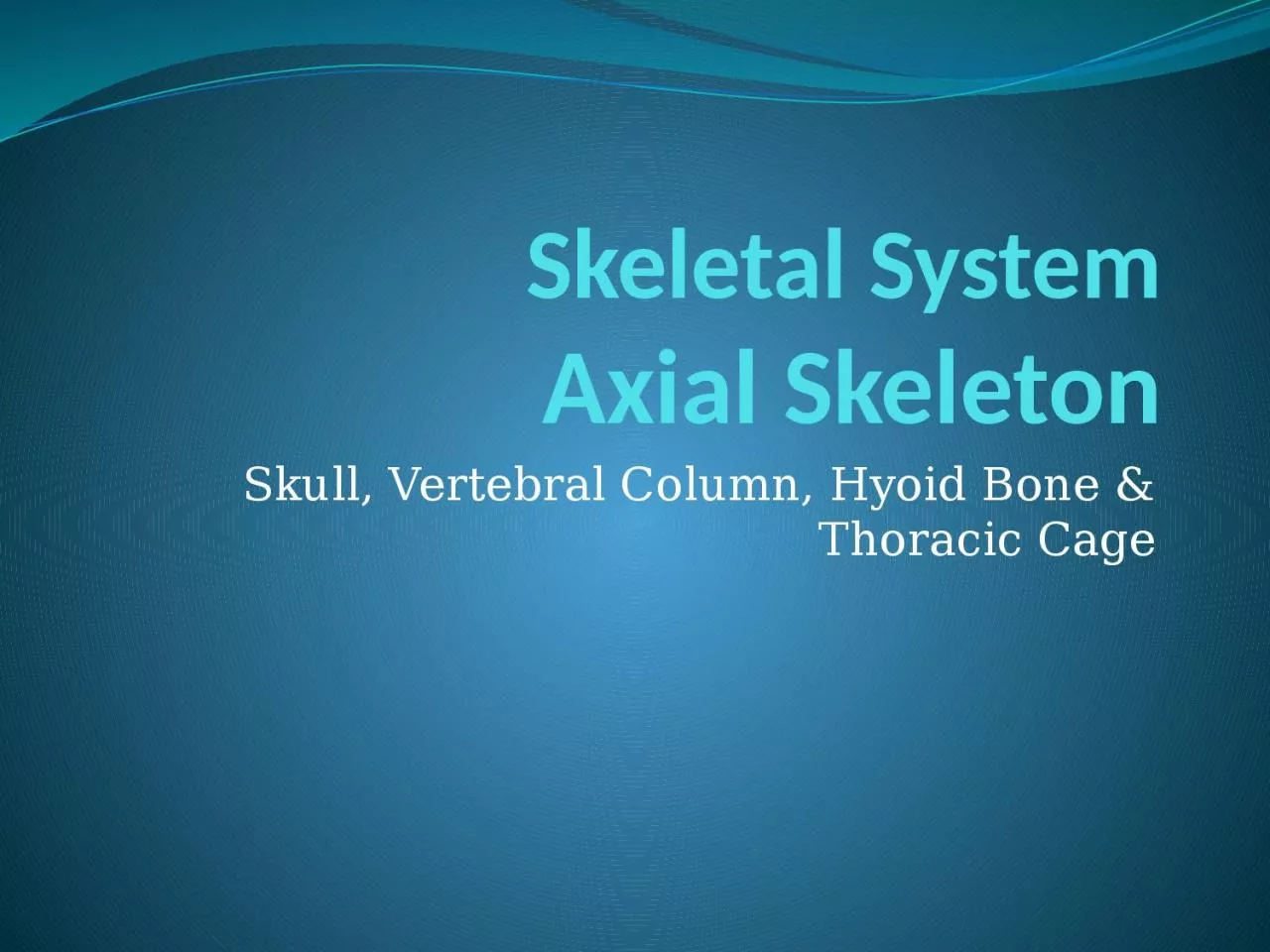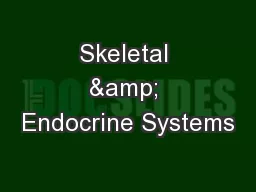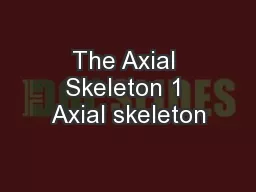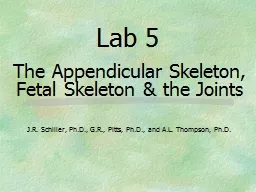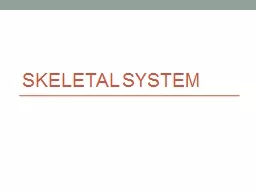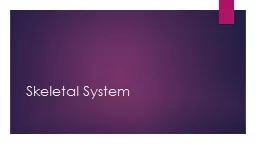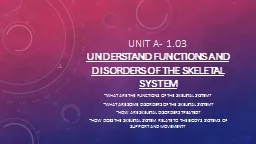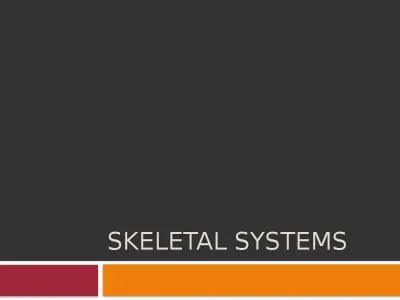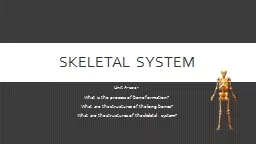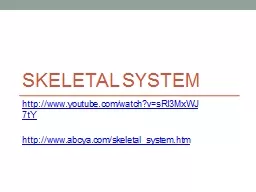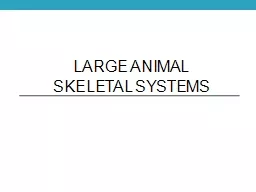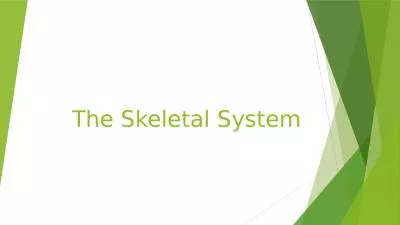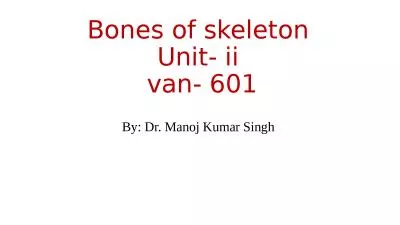PPT-Skeletal System Axial Skeleton
Author : desha | Published Date : 2024-02-02
Skull Vertebral Column Hyoid Bone amp Thoracic Cage Functions T he Skeleton Supports rigid framework to support soft tissue that weighs 5x the amount of the skeleton
Presentation Embed Code
Download Presentation
Download Presentation The PPT/PDF document "Skeletal System Axial Skeleton" is the property of its rightful owner. Permission is granted to download and print the materials on this website for personal, non-commercial use only, and to display it on your personal computer provided you do not modify the materials and that you retain all copyright notices contained in the materials. By downloading content from our website, you accept the terms of this agreement.
Skeletal System Axial Skeleton: Transcript
Download Rules Of Document
"Skeletal System Axial Skeleton"The content belongs to its owner. You may download and print it for personal use, without modification, and keep all copyright notices. By downloading, you agree to these terms.
Related Documents

